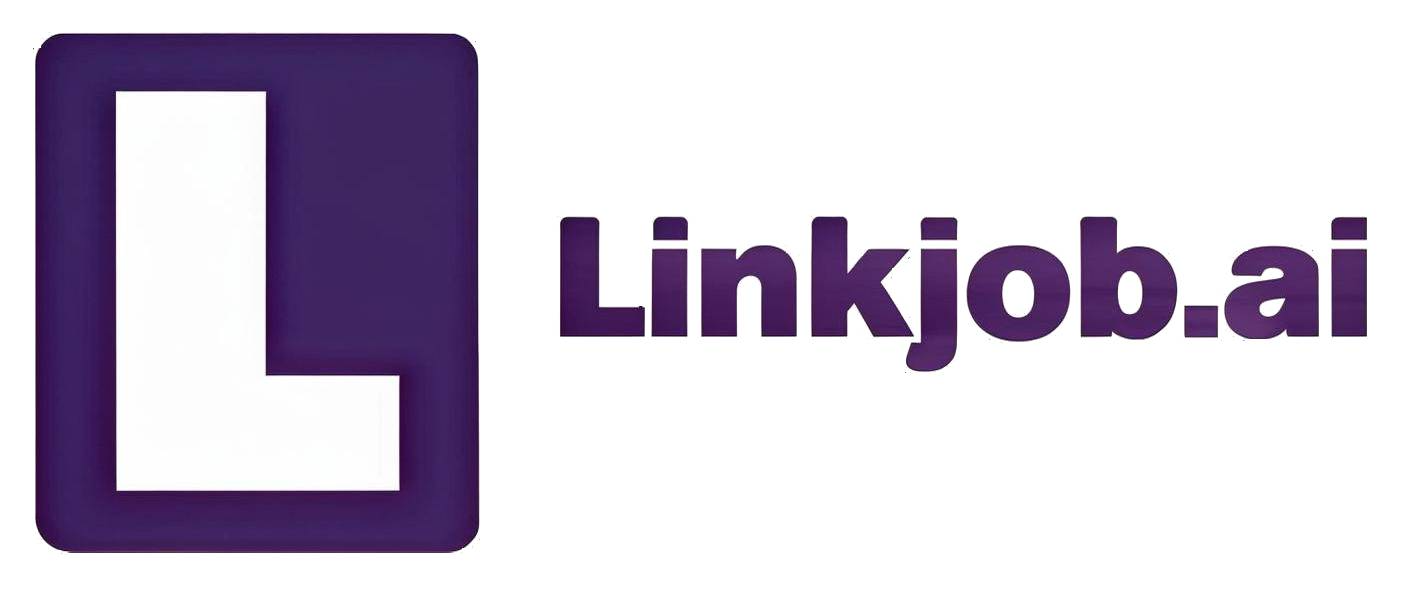Nvidia HackerRank: The Real Questions I Got and How I Passed
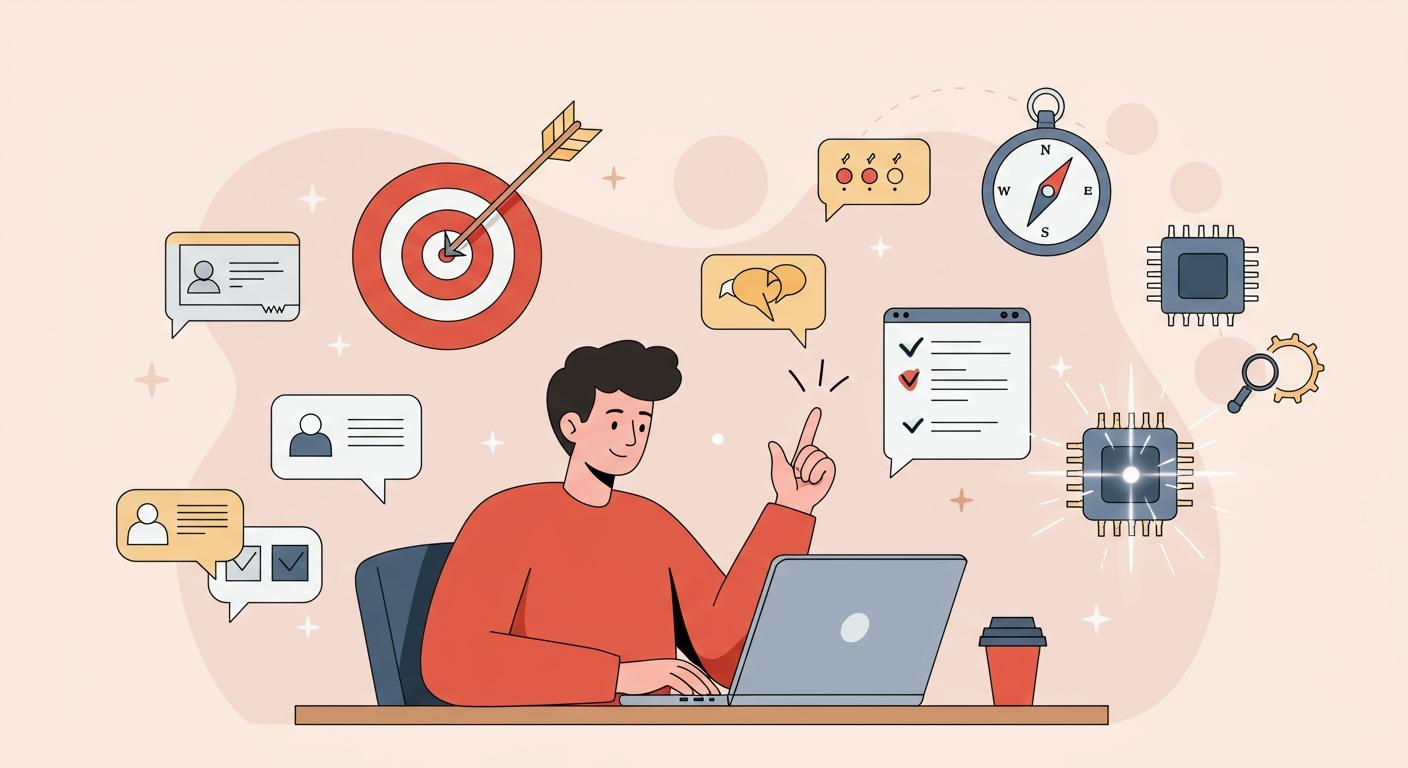
NVIDIA usually sends out an OA shortly after you apply. For the Software Engineer position I applied to, there were three questions in total, and I had 90 min to finish them. It was quite an intense process.
I am really grateful for the tool Linkjob.ai, and that's also why I'm sharing my entire interview experience here. Having an invisible AI assistant during the interview is indeed very convenient.
Question 1: Address on same page
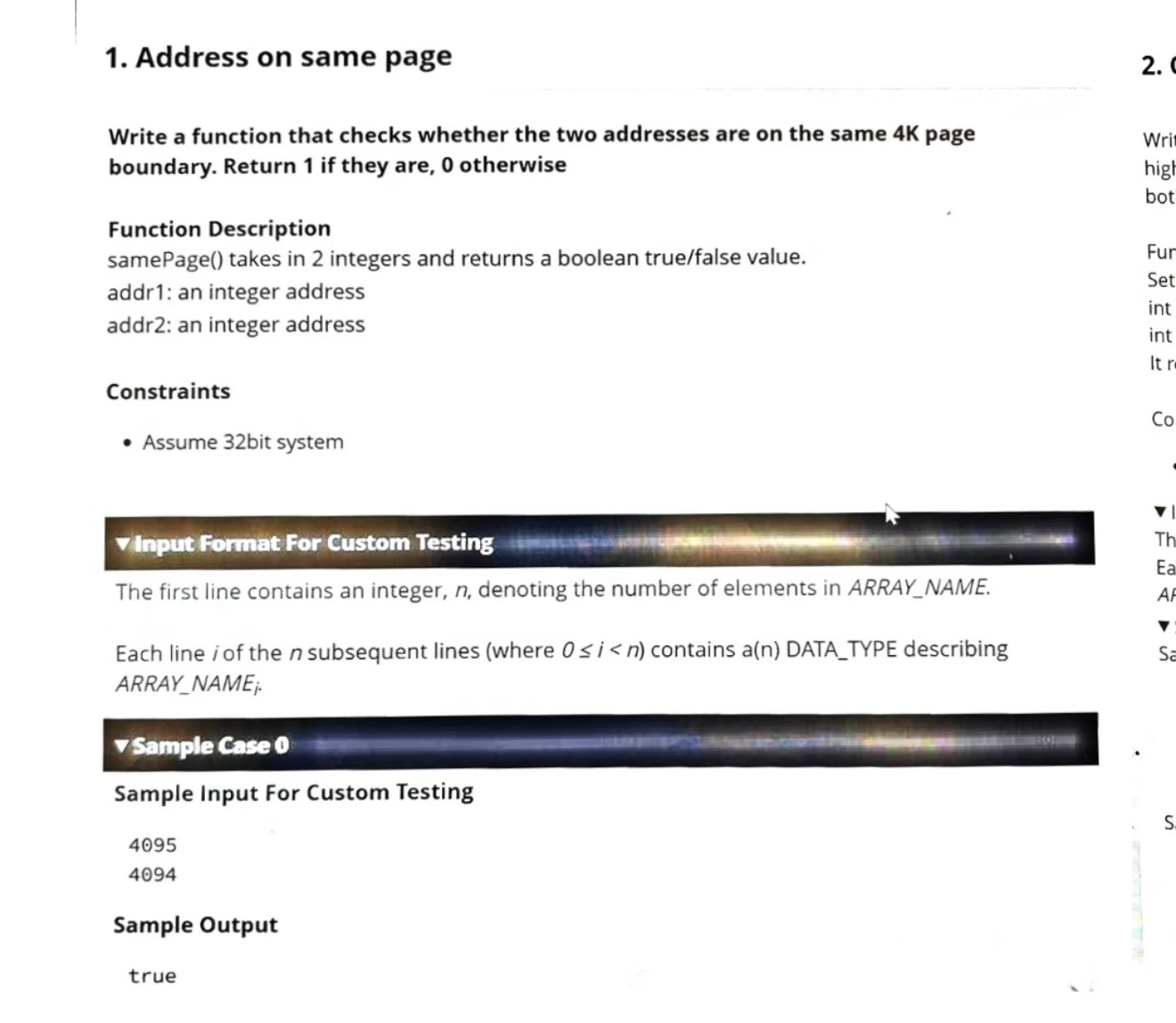
A 4K page means each page is 4096 bytes. So, to check if two addresses are on the same page, I just need to see if they have the same page number. The page number is calculated by masking out the last 12 bits (since 2^12 = 4096). So, I wrote a function that does (addr1 & ~0xFFF) == (addr2 & ~0xFFF) and returns 1 if true, 0 otherwise. It’s a classic bit manipulation trick that’s super efficient. No loops, just a quick bitwise operation.
Question 2: Creating BitMask
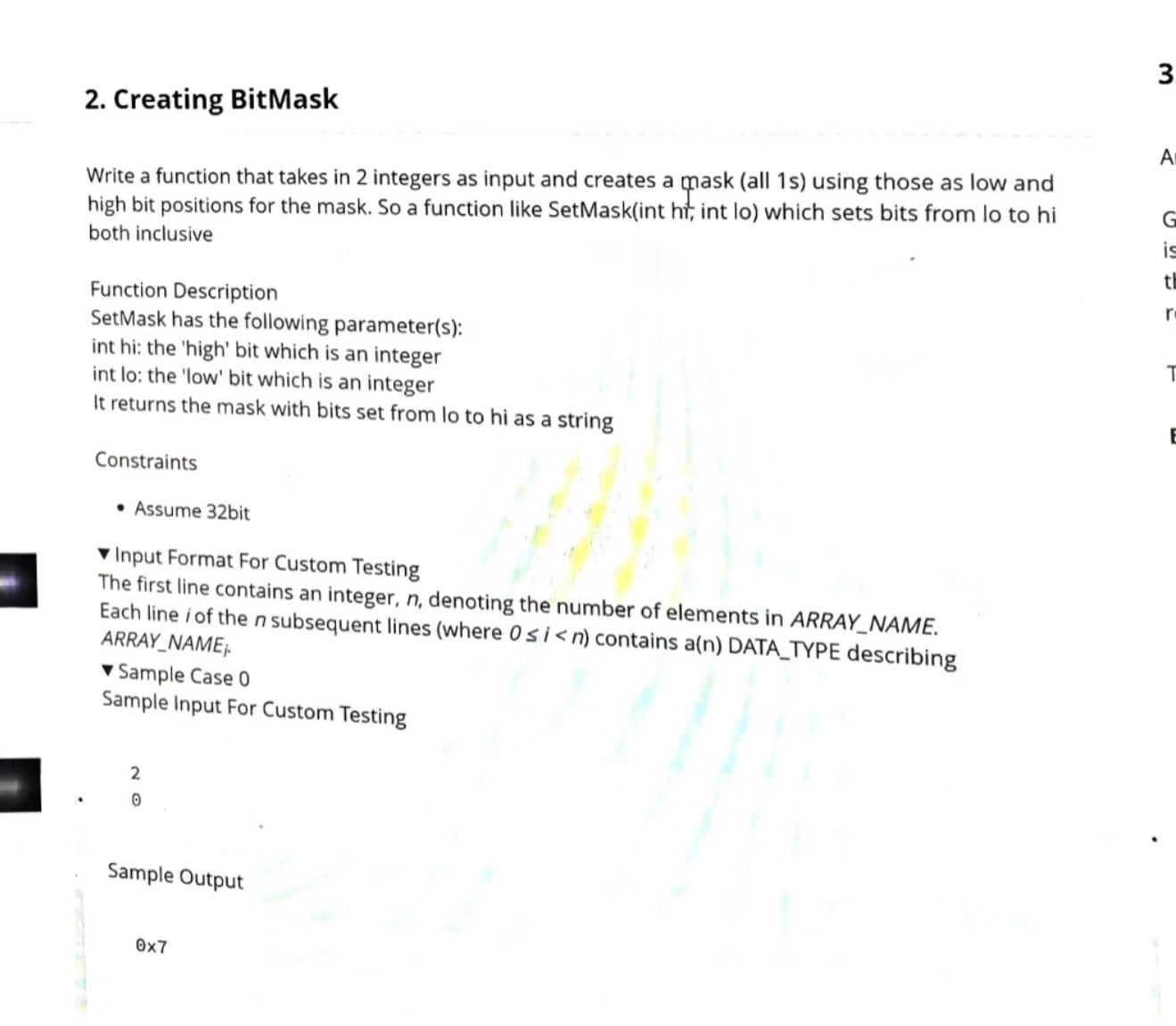
For this bitmask problem, I thought about how to set bits from lo to hi (inclusive) to 1. First, a full mask of 1s up to hi is (1 << (hi + 1)) - 1, and then I need to subtract the mask that’s 1s up to lo - 1, which is (1 << lo) - 1. So the mask is ((1 << (hi + 1)) - 1) & ~((1 << lo) - 1). Then, converting that to a hex string (like 0x7 in the sample) is just a matter of formatting. I made sure to handle edge cases where lo is 0, and that worked like a charm.
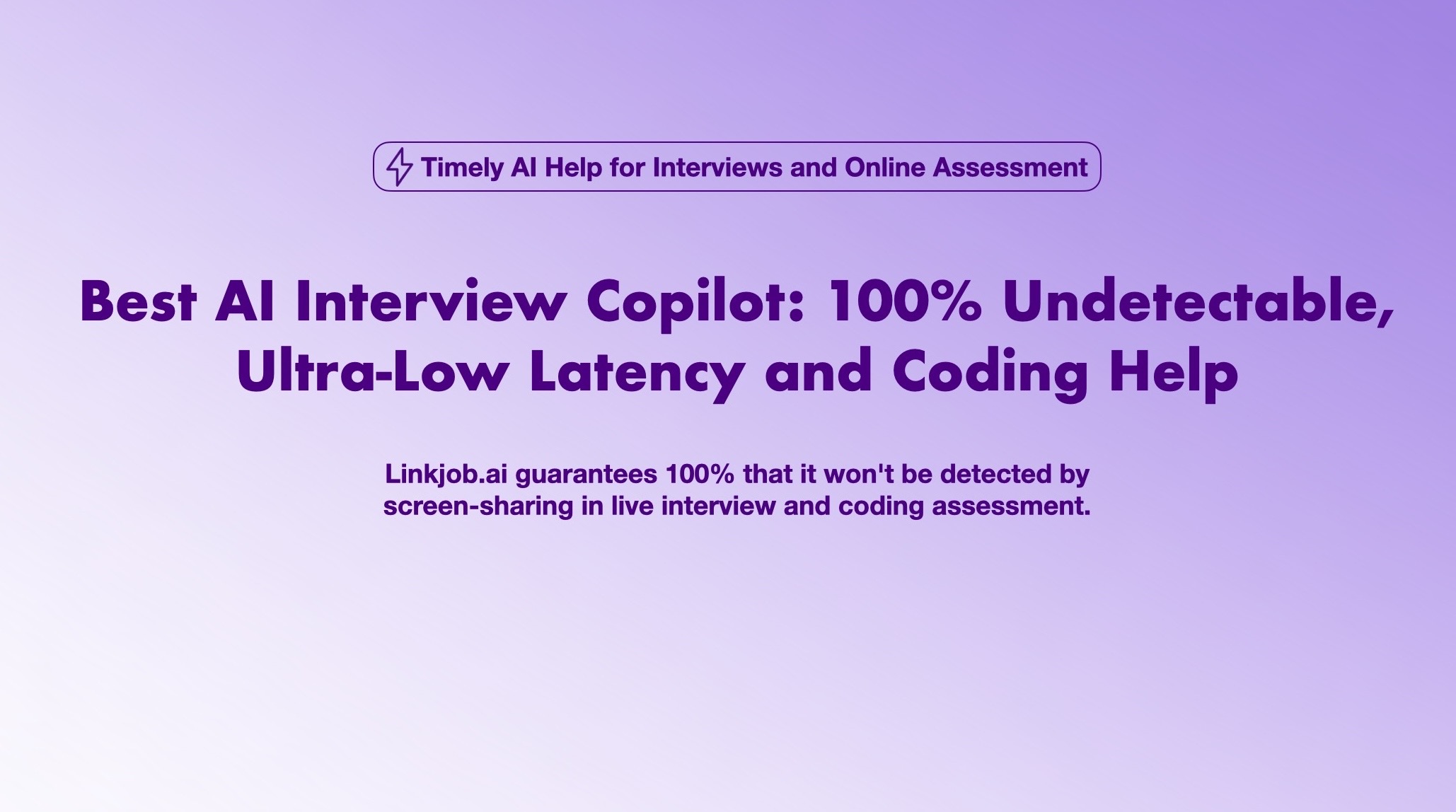
Question 3: Maximum Score
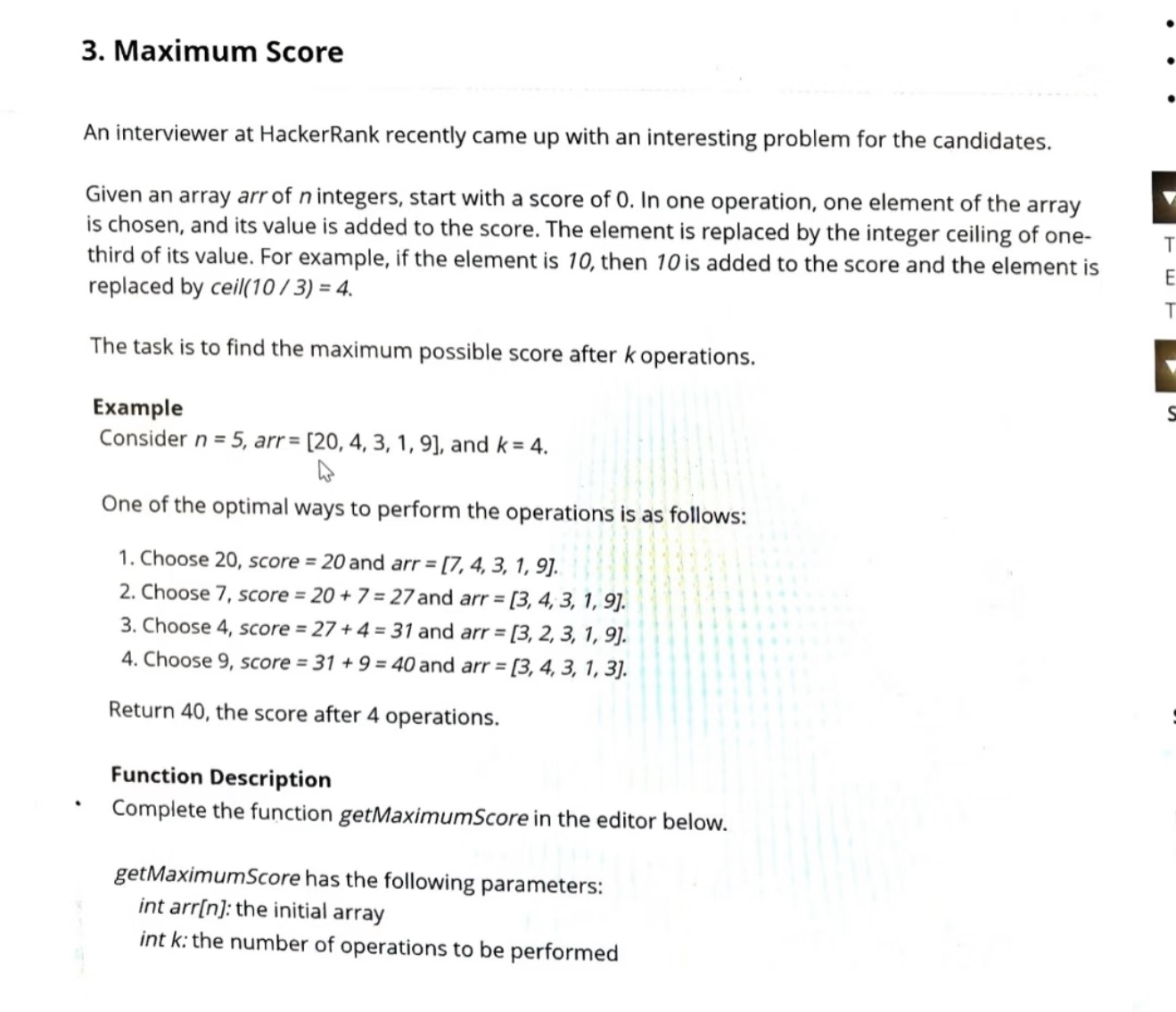
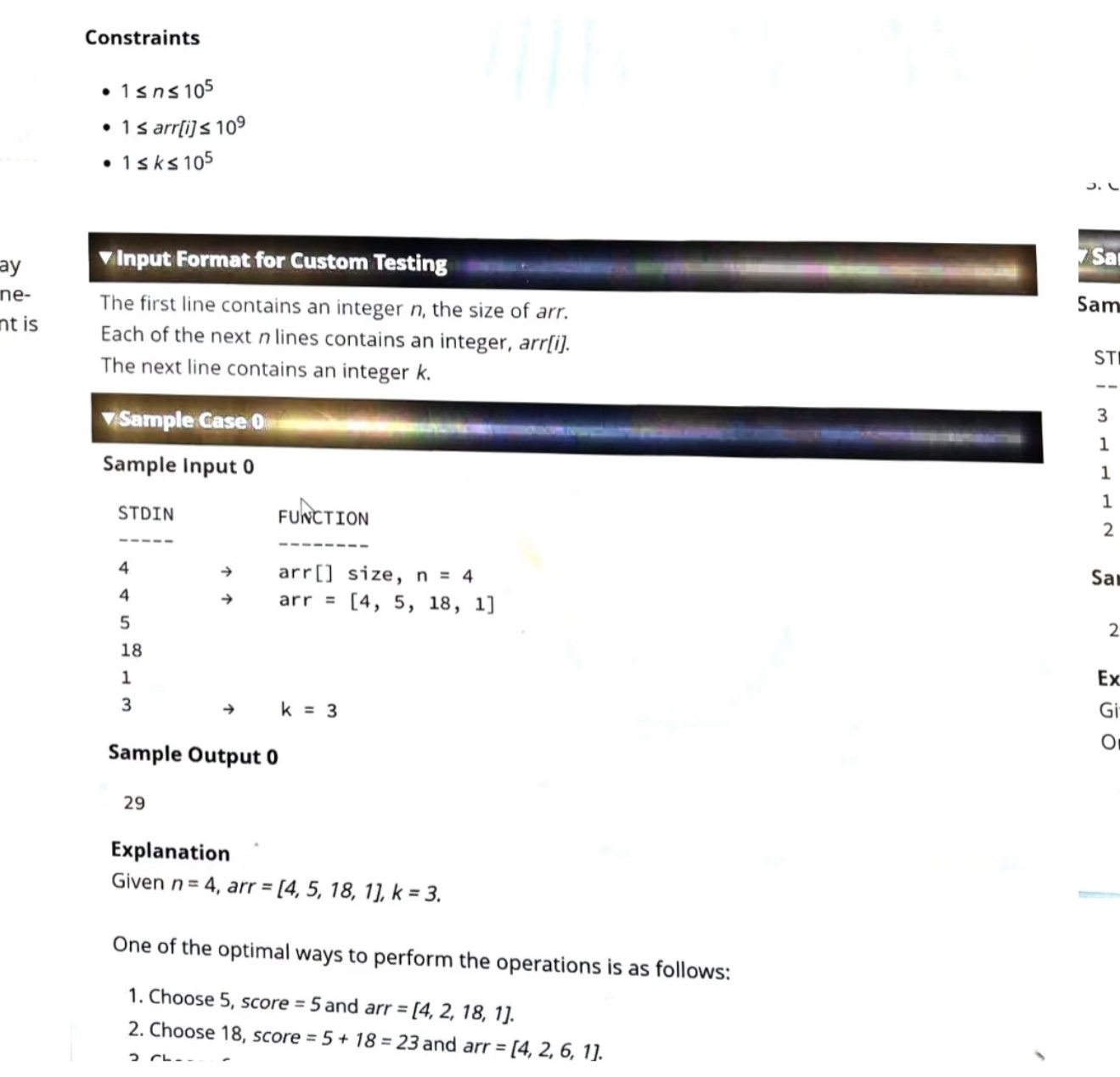
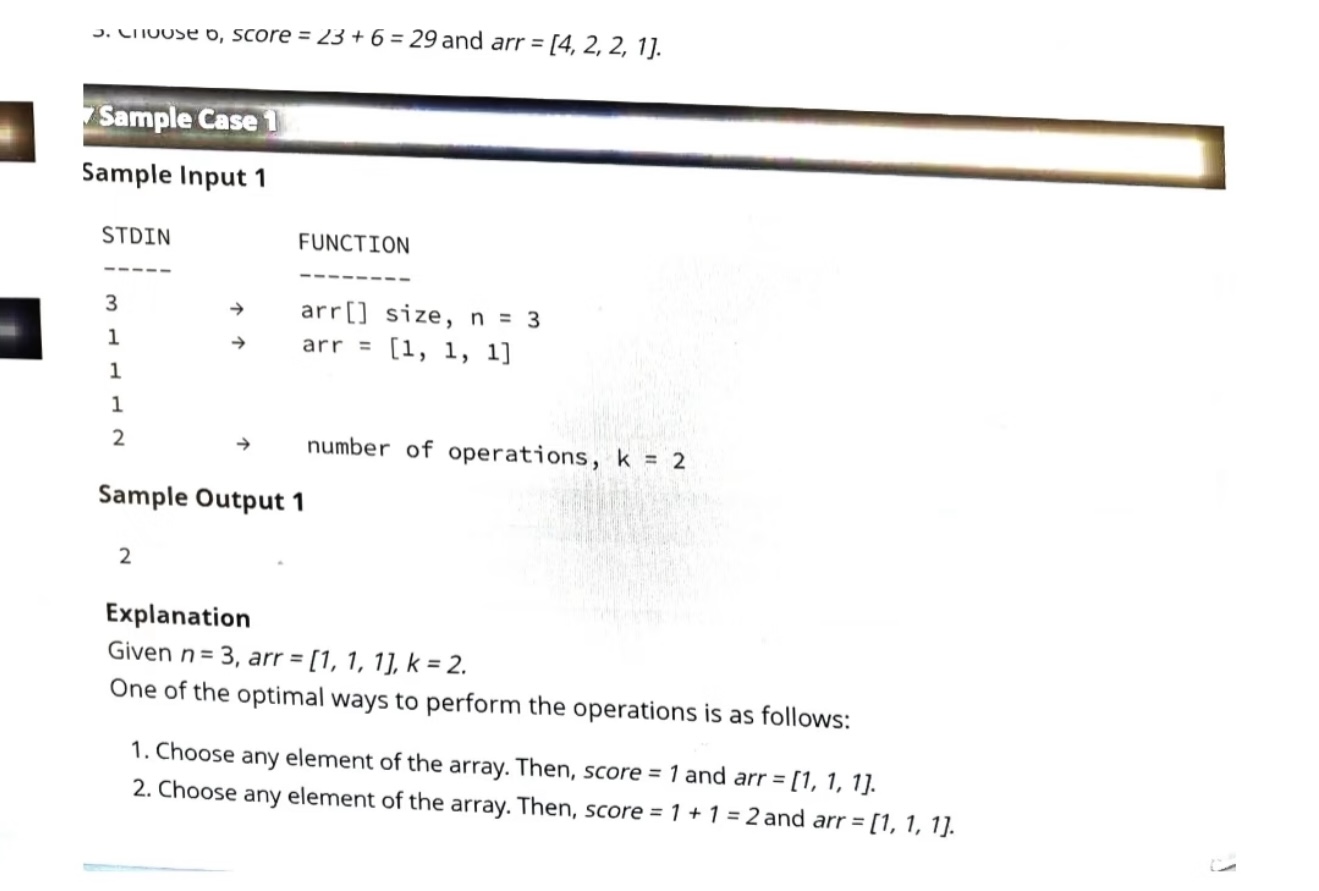
This one felt like a greedy problem with a max-heap. Here’s what I did: I pushed all elements into a max-heap. Then, for each of the k operations, I extract the max element, add it to the score, compute its ceiling of one-third (which is (val + 2) // 3 to avoid floating points), and push that back into the heap. This way, we always pick the largest available element each time, which maximizes the score. The heap operations keep everything efficient even for large n and k, and it passed all the test cases smoothly.
Nvidia Hackerrank Test Format
Test Requirement and Process
The NVIDIA HackerRank test varies across different teams.
Candidates who apply through the general online portal are usually required to complete an Online Assessment (OA), while those who apply via referral or Career Fair may skip this step.
Some teams conduct three interview rounds after the OA, and the overall process, from the first interview to receiving an offer, can take around two months.
Question Types and Language Rules
The test format depends heavily on the team. It’s important to read the job description (JD) carefully and choose a position that fits your background.
Some teams have specific language restrictions. For instance:
System teams only allow C language.
Infrastructure teams accept any language.
The question count and timing also differ:
System: 7 questions in 50 minutes
Infrastructure: 1 question in 25 minutes
Most problems are LeetCode-style algorithm questions that focus on fundamental data structures and coding logic.
Nvidia HackerRank OA Preparation Steps
Resources Used
When I started preparing for the Nvidia HackerRank, I wanted to cover all my bases. I gathered a mix of online and offline resources. Here’s what helped me the most:
I used Linkjob.ai for mock interviews. These sessions helped me practice coding questions and behavioral answers.
I focused on technical skills by working through system design problems and brushing up on algorithms.
I read about Nvidia’s culture. I made sure my experiences matched their focus on creativity and collaboration.
I also joined a few Discord study groups. Talking with others kept me motivated and gave me fresh perspectives.
Practice Routine
My practice routine changed as I got closer to the test date. At first, I set aside an hour each day for coding problems. I picked questions from LeetCode, but I also searched for ones that matched the Nvidia hackerrank format. I timed myself to get used to the pressure.
On weekends, I did longer mock interviews with friends. We swapped feedback and shared tips. I made a habit of reviewing my mistakes right after each session. I wrote down what I learned in a notebook. This helped me spot patterns and avoid repeating errors.
Lessons and Tips
Technical Advice
When I look back at my journey, a few technical strategies really made a difference. I want to share what worked for me and what top performers recommend:
I brushed up on my coding and SQL skills.
I spent extra time on LeetCode.
I always shared my thought process, even when I got stuck. Interviewers want to see how you think, not just the final answer.
Behavioral Tips
Technical skills matter, but behavioral questions can make or break your interview. Here’s what helped me shine:
I prepared for behavioral questions using the STAR method (Situation, Task, Action, Result). This structure kept my answers clear and focused.
I reviewed my past projects and thought about problems I solved.
I tailored my resume to highlight my skills and experience.
I followed up after applying to show my enthusiasm.
FAQ
If I pass the OA, what’s the next step like in the virtual interview?
The length of the virtual interview varies by team, but most last about 90 minutes. Usually, the first 10 minutes are spent introducing NVIDIA and the role, followed by another 10 minutes discussing your programming experience. The remaining 60 minutes are mostly focused on technical questions, although some teams finish everything within an hour.
The content of the interview also depends on the team. For example, many people mentioned that the Infrastructure team doesn’t really ask about OS or OOP concepts. Instead, they focus heavily on C++-related questions. Some interviewers also go into great detail about your resume, asking many follow-up questions, so it’s important to be mentally prepared for that.
How did you submit your resume?
You can apply to NVIDIA through general applications, referrals, or at Career Fairs. I personally applied through a general application.
How long does it take to get an offer after passing NVIDIA’s HackerRank test and interviews?
The timeline varies by team, but for most groups with three interview rounds, it takes around two months from the first interview invitation to receiving an offer. Make sure to follow up politely with recruiters if you haven’t heard back after a reasonable period, as communication timelines can shift depending on the team’s hiring schedule and workload.

